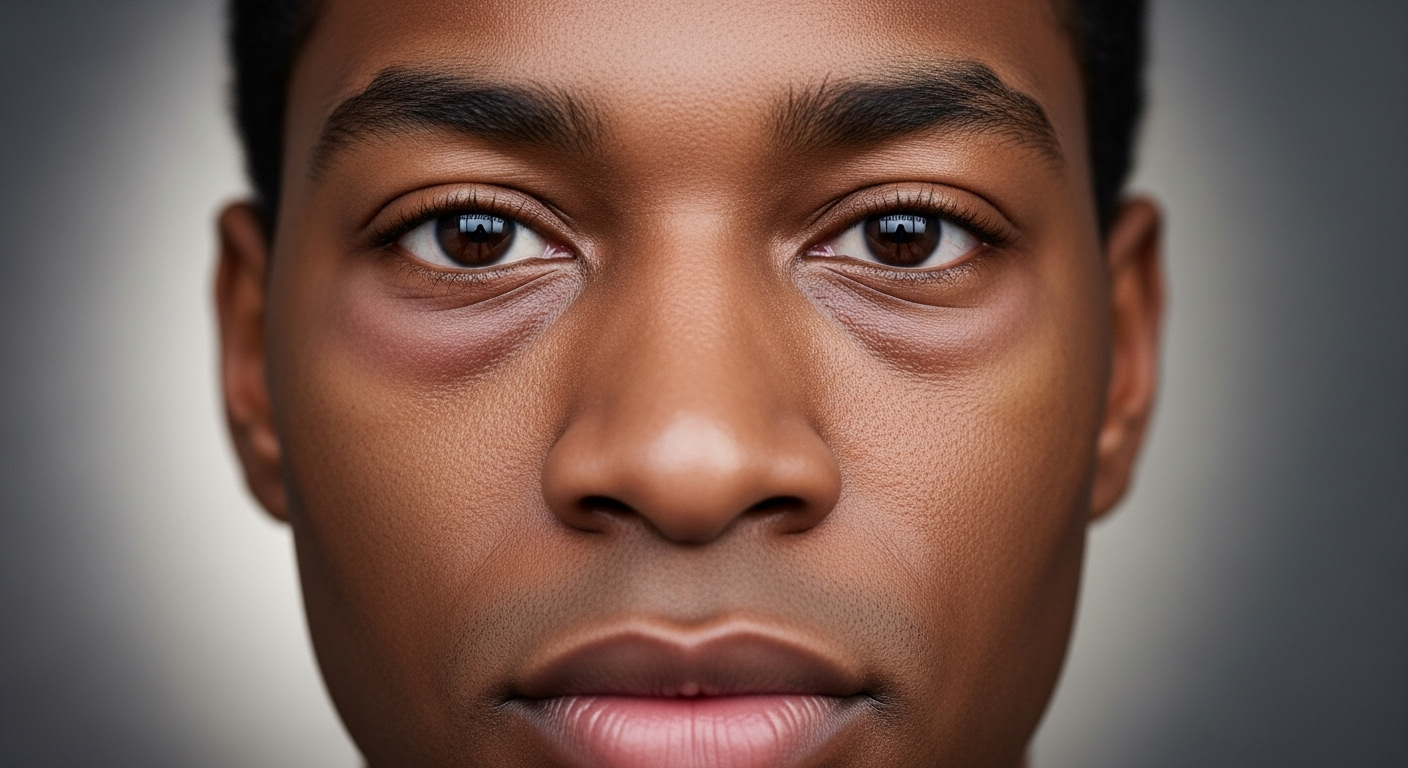Understanding Eye Bags: Causes, Treatments, and Prevention
Eye bags, those puffy, swollen areas under the eyes that seem to grow more prominent with age, are a common concern for many. Despite their prevalence, there is still a lot of misunderstanding about what causes them, how they can be treated, and how they can be prevented. In this article, we delve into the science behind eye bags, explore the latest treatments, and provide practical tips for prevention.

The Biology Behind Eye Bags
Eye bags are formed when the tissues and muscles that support our eyelids weaken. This weakening can cause the skin to sag, creating a pouch that can then fill with fat and fluid. Age is the most common cause of this weakening, although genetics can also play a role.
Additionally, fluid retention due to changes in weather, hormone levels, or eating salty foods can exacerbate the appearance of eye bags. Allergies and sinus problems can also contribute, causing inflammation and swelling. Lack of sleep is another common factor that can make eye bags more noticeable.
Historical Remedies and Modern Treatments
Throughout history, people have sought solutions to diminish the appearance of eye bags. From cucumber slices and tea bags to egg whites and potato slices, many home remedies have been used with varying degrees of success. While these treatments might offer temporary relief, they do not address the underlying issue.
In contrast, modern medical treatments provide more long-lasting solutions. Non-surgical options include fillers that plump up the skin, making eye bags less noticeable. Laser resurfacing can also help by tightening the skin.
Surgical treatments, such as blepharoplasty, are another option. This procedure involves removing excess fat and skin from the lower eyelids, resulting in a more youthful, rested appearance.
Eye Bags and Society’s Perception of Aging
Eye bags are often seen as a sign of aging, and in societies that value youth and beauty, they are frequently viewed negatively. Many people feel self-conscious about their eye bags and seek treatments to reduce their appearance.
However, it’s essential to remember that eye bags are entirely normal and often a natural part of the aging process. While treatments can help manage their appearance, adopting a more accepting attitude towards natural signs of aging can also be beneficial.
The Impact of Lifestyle Choices on Eye Bags
While we can’t change our genetics or stop the aging process, we can make lifestyle choices that help prevent or minimize the appearance of eye bags. Proper hydration can help reduce fluid retention, while a healthy diet low in salt can prevent water accumulation under the eyes. Regular exercise also improves circulation, reducing the chance of fluid pooling in the under-eye area.
Getting enough sleep is crucial, as lack of sleep can make eye bags more prominent. It’s also essential to avoid allergens whenever possible and manage any sinus problems with the help of a healthcare provider.
Eye Bag Treatments: A Growing Trend
In recent years, there has been a growing trend in seeking treatments for eye bags. This is likely due to increased awareness and availability of effective treatments, as well as societal pressure to maintain a youthful appearance.
However, it’s important to remember that not all treatments are suitable for everyone. Consult with a qualified healthcare provider to find the best treatment option for you.
Final Thoughts
Eye bags, while often associated with aging, can be influenced by various factors, including genetics, lifestyle choices, and health conditions. A better understanding of the causes and treatments can help guide decisions about prevention and management. As societal attitudes towards aging continue to evolve, it’s crucial to foster a healthy perspective on natural aging processes, while also acknowledging the role of modern treatments in managing their appearance.




